Author: Andy Carter
Traditionally, beer was often fermented and stored in oak barrels, which depending on their age and how they were treated, were capable of imparting various characteristics, some desirable and others not so much. This was most likely the case for British ales such as Strong Bitter, and while modern advancements have allowed brewers to move away from barrels, some brewers like to use barrel alternatives to add a unique note to their beer.
In this day and age, brewers have a number of barrel alternatives available to them including oak cubes, which are generally made from barrel staves that have been cut into small cubes and toasted to a certain level. Given their surface area, oak cubes can contribute desirable characteristics to beer in a relatively short amount of time, with common descriptors including sweet wood, vanilla, and subtle fruitiness.
As a fan of Firestone-Walker DBA, a British-style ale that’s fermented in oak barrels, I was recently inspired to try my hand at making my own version of such a beer and designed a Strong Bitter that would be briefly aged on medium toast American oak cubes. With the goal of better understanding the impact oak has on beer, I decided to compare this batch to one made with no oak.
| PURPOSE |
To evaluate the differences between a Strong Bitter briefly aged on oak and one that was not aged on oak.
| METHODS |
For this xBmt, I went with a simple Strong Bitter recipe where one batch would receive an addition of medium toast American oak after fermenation.
Curious Quercus
Recipe Details
| Batch Size | Boil Time | IBU | SRM | Est. OG | Est. FG | ABV |
|---|---|---|---|---|---|---|
| 5.5 gal | 60 min | 21.7 | 13.2 SRM | 1.052 | 1.012 | 5.25 % |
| Actuals | 1.052 | 1.012 | 5.25 % | |||
Fermentables
| Name | Amount | % |
|---|---|---|
| Pale Malt, Golden Promise | 7 lbs | 69.13 |
| Finest Maris Otter® Ale Malt | 1.5 lbs | 14.82 |
| Bonlander Munich Malt 10L | 1 lbs | 9.88 |
| Caramel Malt 60L | 8 oz | 4.94 |
| Chocolate | 2 oz | 1.23 |
Hops
| Name | Amount | Time | Use | Form | Alpha % |
|---|---|---|---|---|---|
| Northern Brewer | 9 g | 60 min | Boil | Pellet | 8.8 |
| Northern Brewer | 9 g | 30 min | Boil | Pellet | 8.8 |
| Liberty | 15 g | 15 min | Boil | Pellet | 5.5 |
Miscs
| Name | Amount | Time | Use | Type |
|---|---|---|---|---|
| American Oak Cubes, Medium Toast | 60 g | 7 min | Secondary | Flavor |
Yeast
| Name | Lab | Attenuation | Temperature |
|---|---|---|---|
| Pub (A09) | Imperial Yeast | 74% | 32°F - 32°F |
Notes
| Water Profile: Ca 35 | Mg 5 | Na 8 | SO4 61 | Cl 35 |
Download
| Download this recipe's BeerXML file |
I started my brew day by adding identical volumes of RO water to separate BrewZilla units then setting the controller to heat it up.
After adding the same amount of minerals to each kettle, I weighed out and milled the grain for each batch.
Once the water for each batch was adequately heated, I incorporated the grains then checked to make sure both were at the same target mash temperature.
While the mashes were resting, I prepared the kettle hop additions.
Once each 60 minute mash was complete, I sparged to collect the same pre-boil volume then boiled the worts with hops added at the times stated in the recipe.
When the 60 minute boils were finished, I chilled the worts on their way to sanitized Delta Brewing FermTanks.
Refractometer readings showed both worts achieved the same target OG

The filled fermenters were placed in my chamber and left to finish chilling to my desired fermentation temperature of 66°F/19°C for a few hours before I pitched a single pouch of Imperial Yeast A09 Pub into each.
After a week, I raised the temperature in the chamber to 70°F/21°C and let the beers sit for a few days before taking hydrometer measurements showing they were at the same FG.
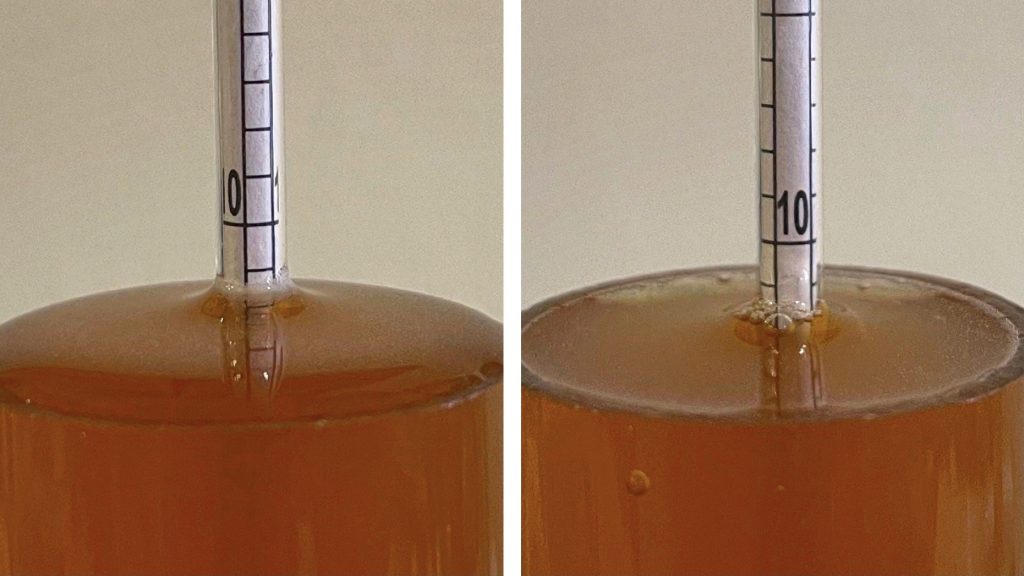
At this point, I prepared the oak cubes by adding 2 oz/60 g to RO water in a mason jar and microwaving it for 5 minutes. When this was complete, I racked both beers to sanitized and CO2 purged kegs, one of which had the sterilized oak cubes gently added.
After sitting for 2 weeks at 60˚F/16˚C, I pressure-transferred both beers to fresh sanitized and CO2 purged serving kegs.
The filled kegs were placed in my keezer and left on gas for 2 weeks before they were ready for evaluation.
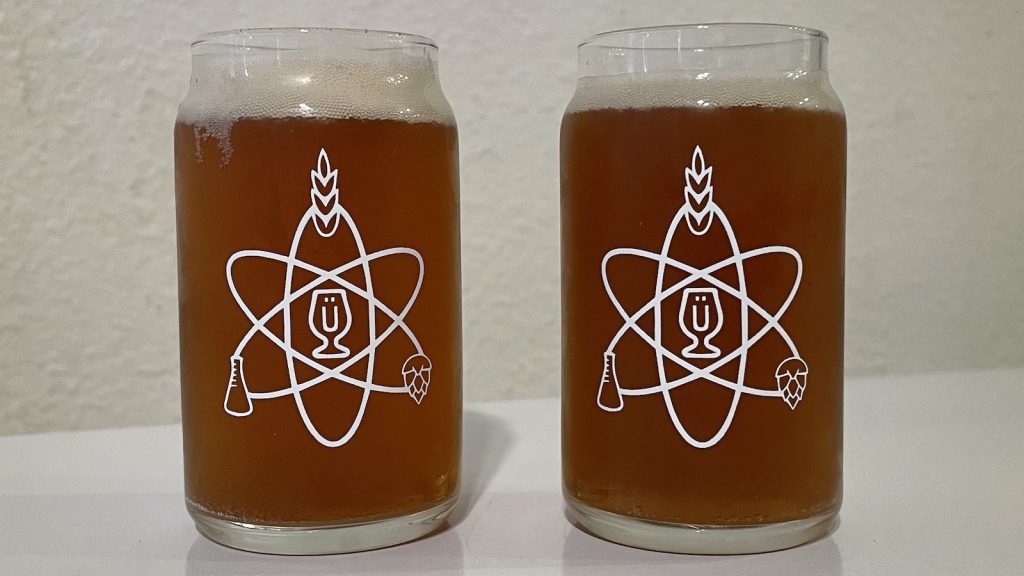
| RESULTS |
Huge thanks to the folks at Tarantula Hill Brewing in Thousand Oaks, CA for allowing me to collect data at their place and participating!
A total of 16 people of varying levels of experience participated in this xBmt. Each participant was served 1 sample of the beer made with oak and 2 samples of the beer made without oak in different colored opaque cups then asked to identify the unique sample. While 9 tasters (p<0.05) would have had to accurately identify the unique sample in order to reach statistical significance, 12 did (p=0.0008), indicating participants in this xBmt were able to reliably distinguish a Strong Bitter aged on medium toast American oak cubes for 2 weeks from one that was not aged on oak.
The 12 participants who made the accurate selection on the triangle test were instructed to complete a brief preference survey comparing only the beers that were different. A total of 4 tasters reported preferring the beer made with oak cubes, 7 said they liked the beer made without oak more, and 1 had no preference despite noticing a difference.
My Impressions: Out of the 5 semi-blind triangle tests I attempted, I correctly identified the odd-beer-out every time. For me, the beers had an almost indistinguishable aroma, but were clearly different in terms of flavor. To my palate, the beer made with oak had deeper flavors of vanilla and butterscotch as well as a slight astringency that was absent in the version made without oak. While both beers were quite good, my preference went to the batch made without oak.
| DISCUSSION |
Oak barrels not only have the ability to store liquids such as beer well, but can also impart characteristics including vanilla, coconut, and spices. With most modern brewers relying on less porous materials for fermentation and storage, various wood alternatives can be added to beer in order to extract these desirable qualities in a reduced amount of time. Indeed, blind tasters were able to reliably distinguish a Strong Bitter aged on medium toast American oak cubes for 2 weeks from the same beer that was made without oak.
Oak consists of a number of cellular components, such as hemicellulose and lactones, which when toasted get altered into complex compounds that can contribute desirable flavors to beer. When using oak in beer, brewers tend to focus on contact time, with oak alternatives generally requiring less time to impart their tasty goodness than barrels. The fact tasters were able to perceive a difference in these xBmt beers after just 2 weeks supports this notion, though it’s likely some of the oak characteristics would have changed more if given more contact time.
I’ve always viewed wood additions in beer the same way I do spices, namely that when used properly, even a little can go a long way. In the case of these beers, that was certainly the case, and while I tended to prefer the beer made without oak, I found the wood character in the oak aged beer to be quite pleasant. I’m now more curious than ever to compare beers that are made with different types and toast levels of oak.
If you have any thoughts about this xBmt, please do not hesitate to share in the comments section below!
Support Brülosophy In Style!
All designs are available in various colors and sizes on Amazon!
Follow Brülosophy on:
FACEBOOK | TWITTER | INSTAGRAM
If you enjoy this stuff and feel compelled to support Brulosophy.com, please check out the Support page for details on how you can very easily do so. Thanks!


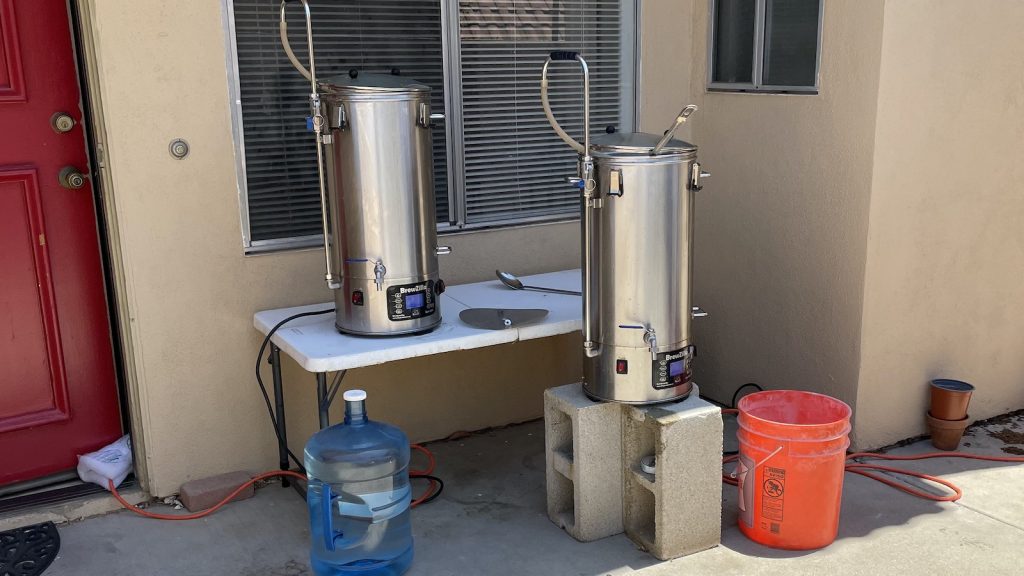
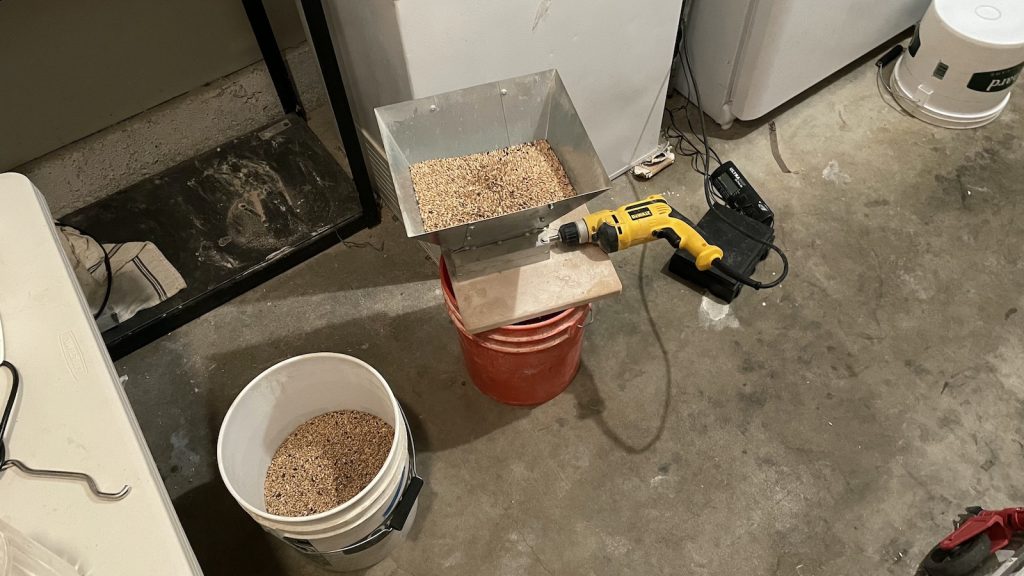
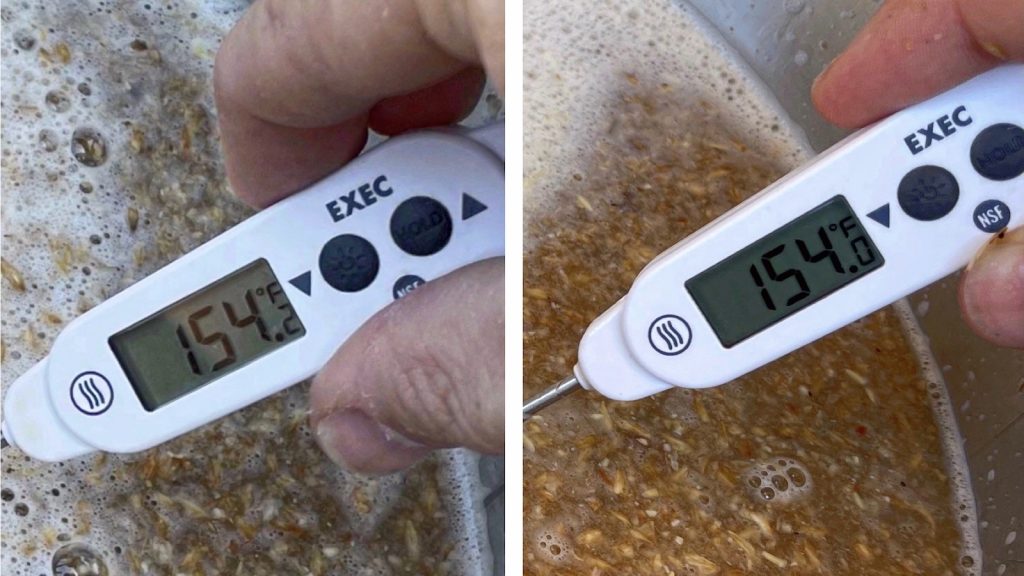
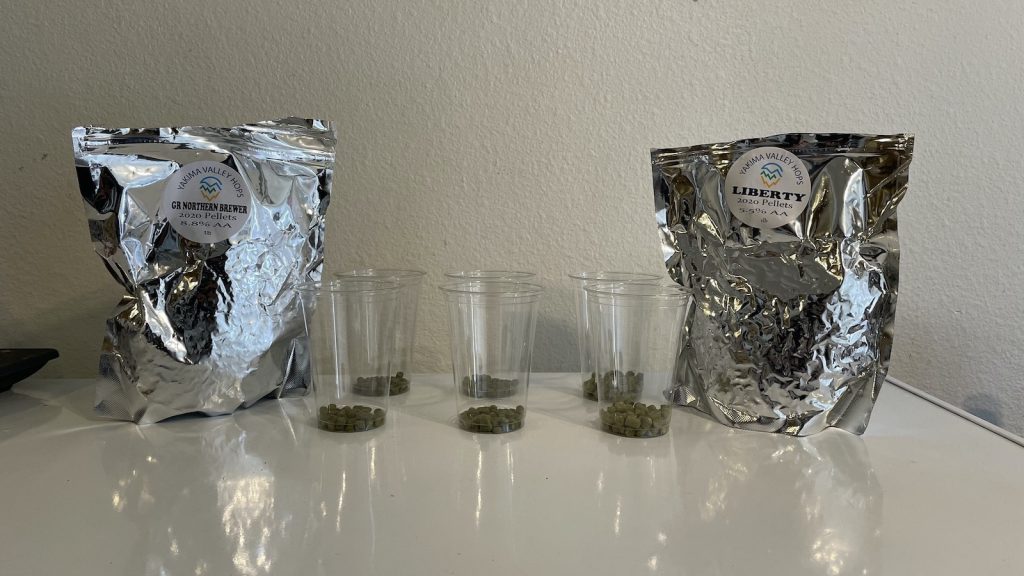
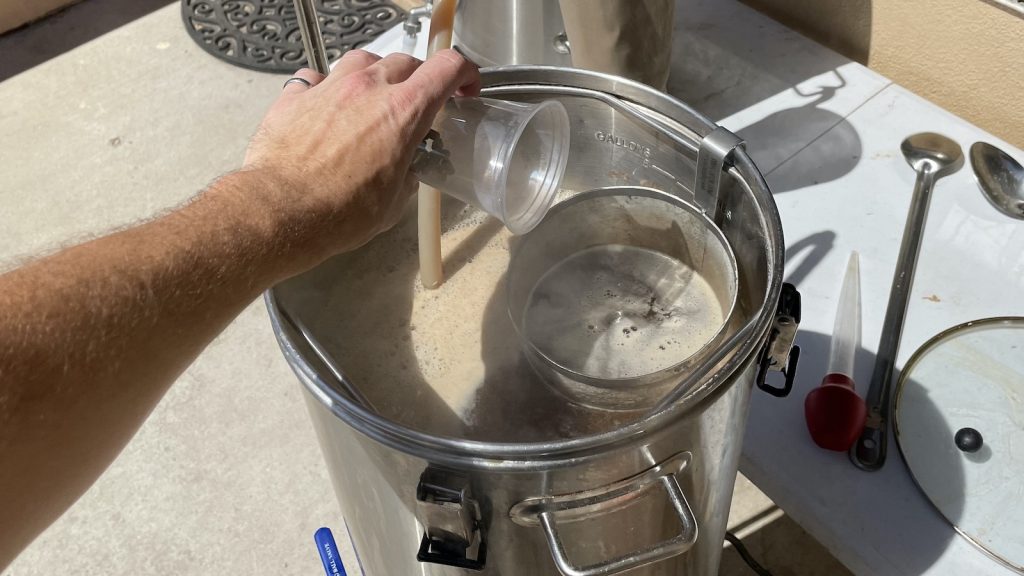
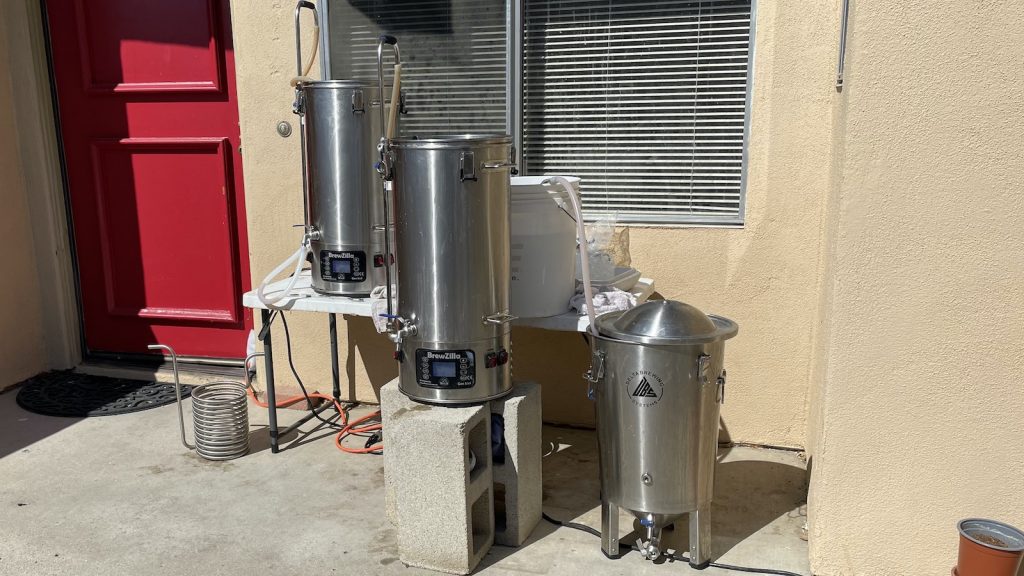
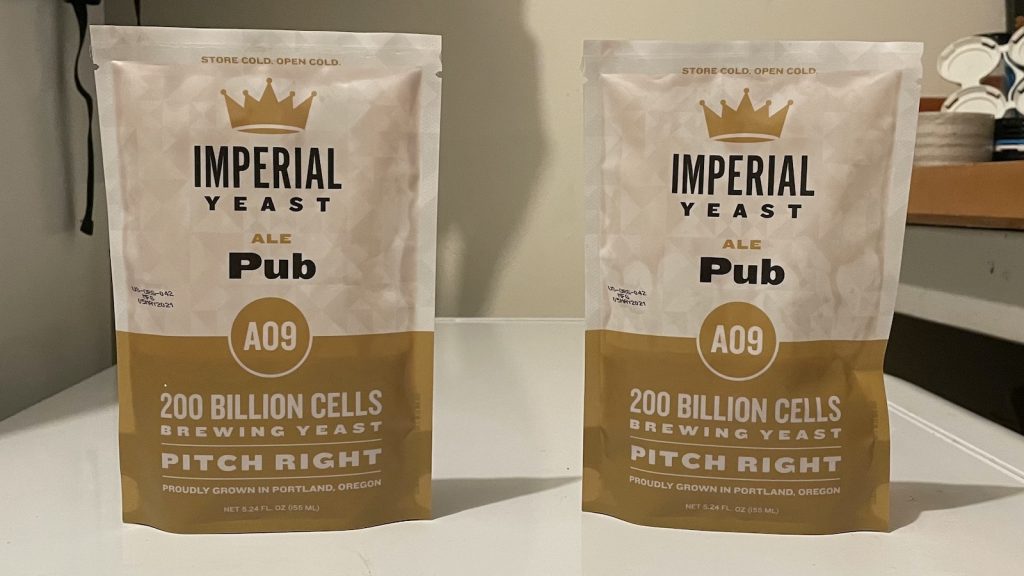
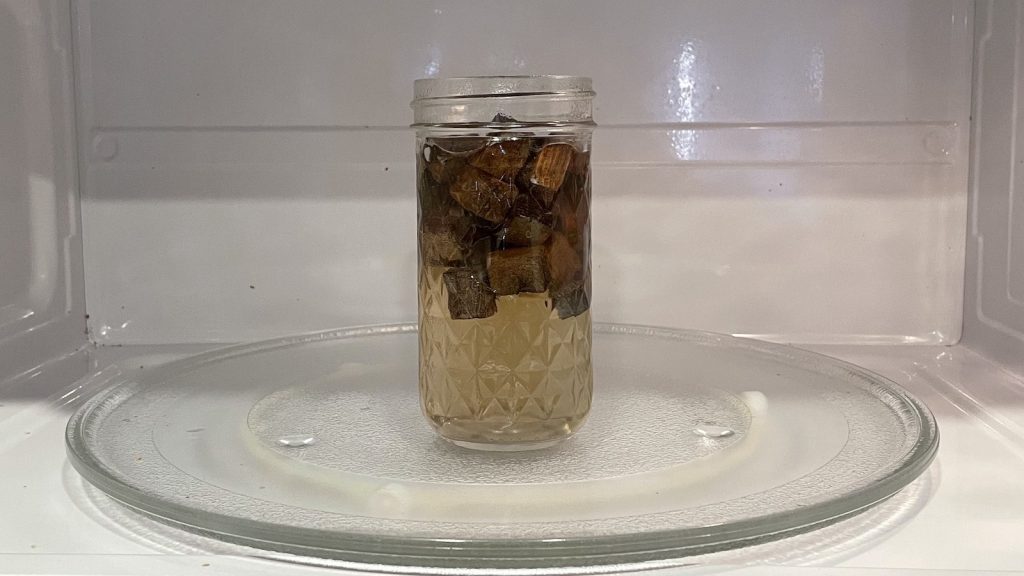
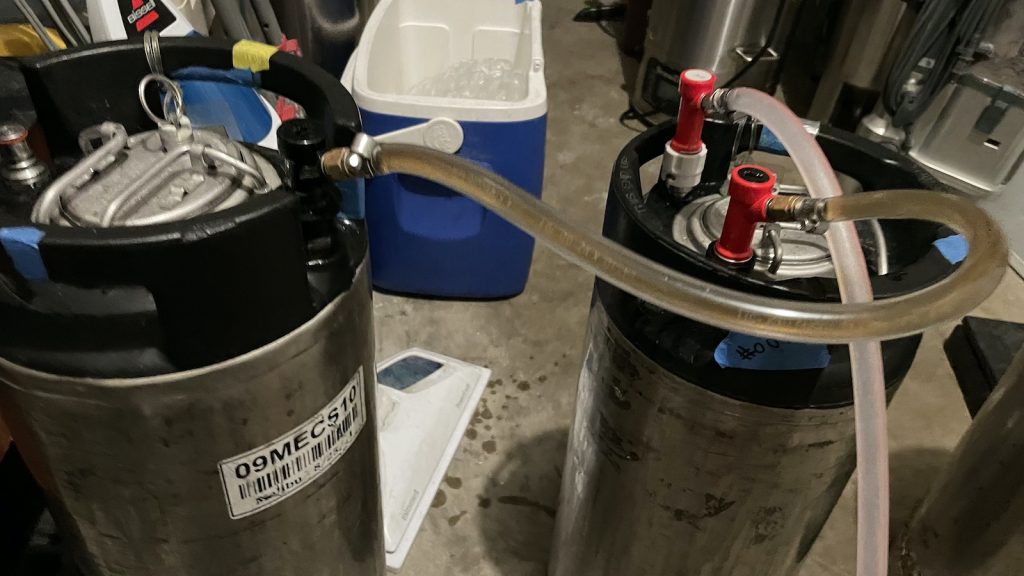
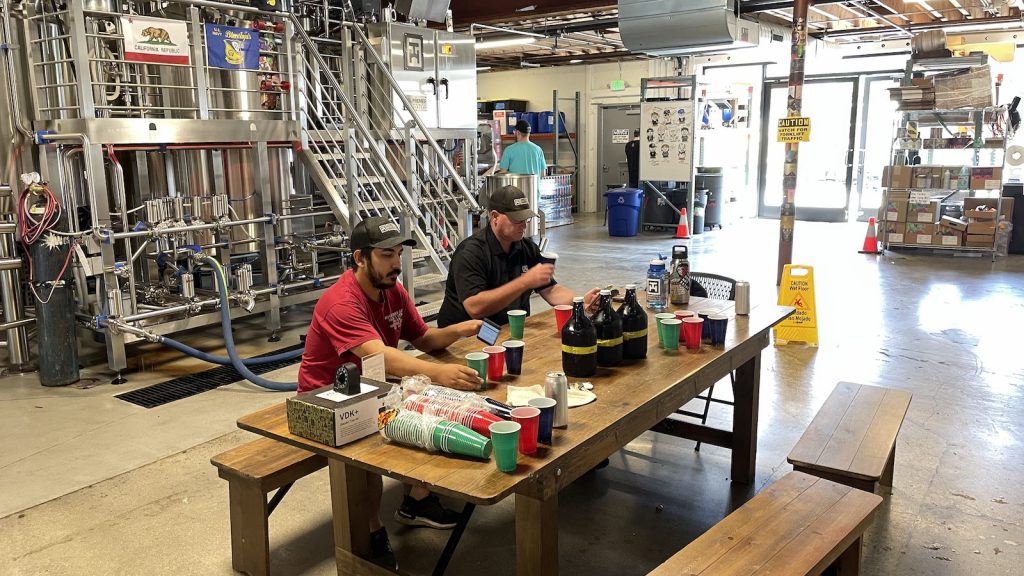











5 thoughts on “exBEERiment | Brewing With Wood: Impact Oak Cubes Have On Strong Bitter”
Check your recipe write up for the time on the oak cubes.
The recipe I have is to add the oak to a cup of Bourbon for 3 weeks then adding the cubes to a secondary. Age it for a month, rack to a keg or bottle.
Do you add the bourbon as well? Or do you drain the cubes and just add them?
If you go through historic documents, or read “Shut Up About Barclay-Perkins”, you will see that historically, British casks were lined with pitch, so that there would be no wood taste and no air ingress.
In Yorkshire much fermentation was traditionally done in stone squares. See Samuel Smith https://www.samuelsmithsbrewery.co.uk/ still doing it.